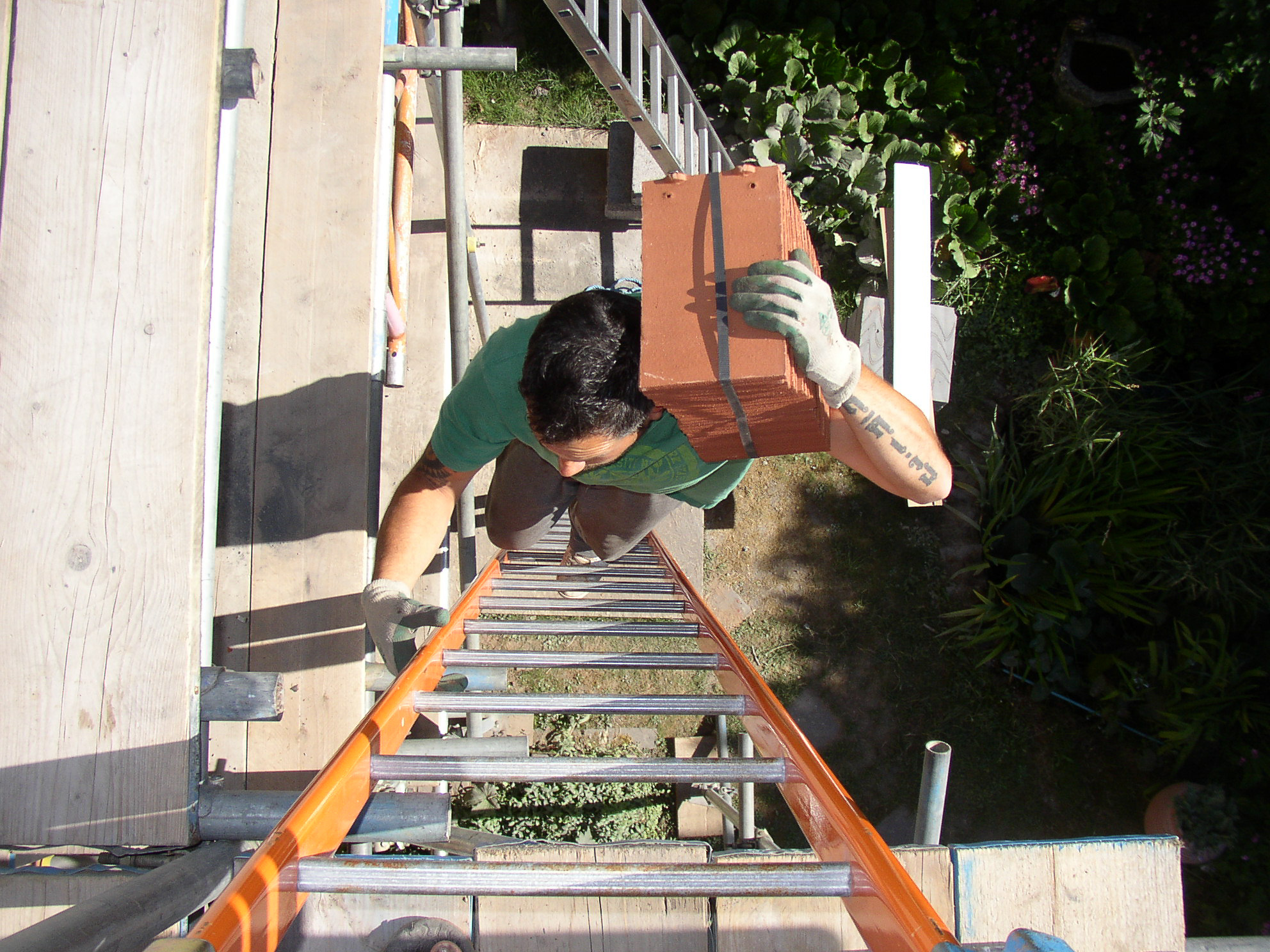I want to modify an existing extension - do I still need planning permission?
I want to modify an existing extension - do I still need planning permission?
With all house extension projects, nothing is ever set in stone. Often, we change our minds or see a better way of extending that will enhance the property - for instance making a room bigger, expanding upstairs or moving a window. But if you amend the design, do you have to submit a new planning application?
If the existing extension already has planning permission – then you have three options:
- A non-material amendment.
- A new application.
- Permitted Development.
Non-material Amendments
The good news is that the government has recognised the need for a more flexible approach to planning permissions. For an additional small fee, minor changes can be made to approved plans where there is:
- A reduction in the volume/size of the extension
- A reduction in height of the extension.
- Amendments to windows/doors/openings that will not have any impact on neighbouring properties.
- Alterations to the design, or siting of the building.
A new application
If your changes are more complex than the original plan or they require new consultations with neighbours, then a fresh planning application needs to be submitted which can take up to eight weeks (up to 13 weeks for more complex or larger plans). A new planning application has to be made when there is:
- An increase in volume/size of the extension
- An increase in the height of the extension.
- Additional or repositioned windows that impact neighbouring properties.
Permitted Development
Under Permitted Development Rights, there are many things you can extend or renovate on your home without needing to apply for planning application. Everything from internal remodelling and adding roof lights, to adding a swimming pool or conservatory can fall under permitted development. There are still conditions attached to permitted development rights, especially if you live in a conservation area or national park, so it always pays to check The Planning Portal for a full list of caveats. Even if you are advised you don’t need planning permission, for complete peace of mind, apply for a Lawful Development Certificate so you can prove that any modifications are lawful.

